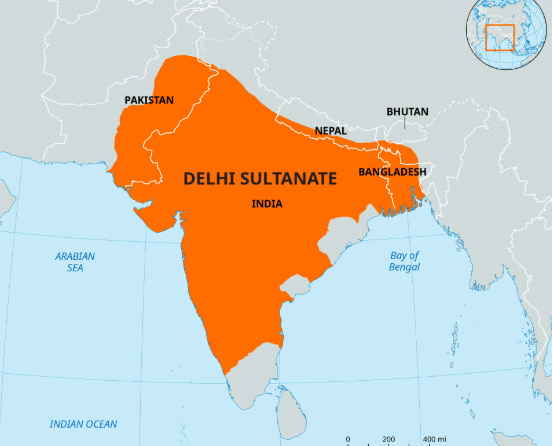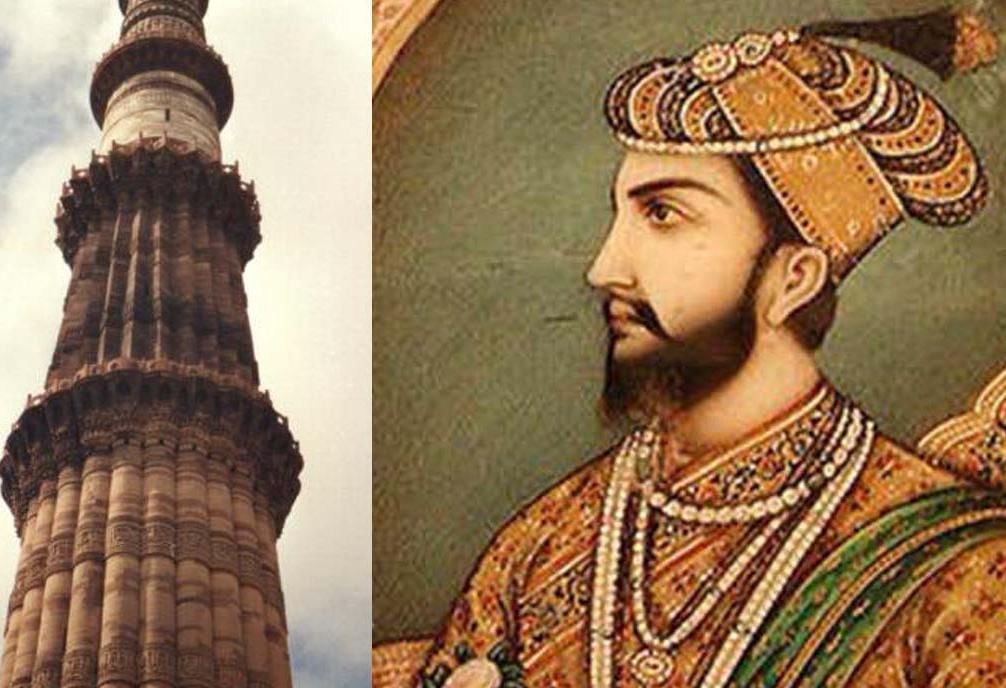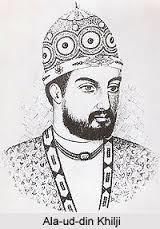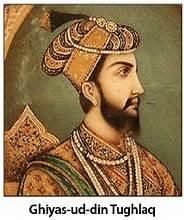UPSC Exam > UPSC Notes > History for UPSC CSE > Mnemonics: Chronology- The Delhi Sultanate
Mnemonics: Chronology- The Delhi Sultanate | History for UPSC CSE PDF Download
This document will help you remember important events and timelines of Medieval History in a fun and easy way. Inside, you'll find mnemonics—memory tricks—that simplify recalling key dynasties, rulers from the medieval period.
Use them alongside your regular study routine to strengthen your understanding and improve recall of chronological events in medieval history.
1. Chronology - The Delhi Sultanate
Mnemonic: I Keep Things Super Light!
Mnemonic Explanation:
- I: The Ilbari (1206-90)
- Keep: The Khaljis (1290-1320)
- Things: The Tughlaqs (1320-1414)
- Super: The Saiyids (1414-51)
- Light: The Lodis (1451-1526)
2. Rulers: The Ilbari (1206-90)
Mnemonic: Quiet In Room, Biryani And Naan Bring Khushboo
Mnemonic Explanation:
- Quiet: Qutbuddin Aibak (1206-10)
- In: Iltutmish (1210-36)
- Room: Razia (1236-40)
- Biryani: Bahram Shah (1240-42)
- And: Alauddin Masud Shah (1242-46)
- Naan: Nasiruddin Mahmud (1246-66)
- Bring: Balban (1266-86)
- Khushboo: Kaiqubad (1286-90)
3. Rulers: The Khaljis (1290-1320)
Mnemonic: Jump And Quack!
Mnemonic Explanation:
- Jump: Jalaluddin Firuz Khalji (1290-96)
- And: Alauddin Khalji (1296-1316)
- Quack: Qutbuddin Mubarak Shah Khalji (1316-20)
4. Rulers: The Tughlaq Dynasty (1320–1412)
Mnemonic: Great Men Fight
 Mnemonic Explanation:
Mnemonic Explanation:
- Great: Ghiyasuddin Tughlaq (1320–1324)
- Men: Muhammad bin Tughlaq (1324–1351)
- Fight: Firuz Shah Tughlaq (1351–1388)
5. Rulers: The Saiyids (1414-51)
Mnemonic: Kings Made Army
Mnemonic Explanation:
- Kings: Khizr Khan (1414-1421)
- Made: Mubarak Shah (1421-1433)
- Army: Alauddin Alam Shah (1433-1451)
6. Rulers: The Lodis (1451-1526)
Mnemonic: Big Smart Idea
Mnemonic Explanation:
- Big: Bahlol Lodi (1451-1489)
- Smart: Sikandar Shah (1489-1517)
- Idea: Ibrahim Lodi (1517-1526)
The document Mnemonics: Chronology- The Delhi Sultanate | History for UPSC CSE is a part of the UPSC Course History for UPSC CSE.
All you need of UPSC at this link: UPSC
|
110 videos|652 docs|168 tests
|
FAQs on Mnemonics: Chronology- The Delhi Sultanate - History for UPSC CSE
| 1. What was the significance of the Ilbari dynasty in the Delhi Sultanate? |  |
Ans. The Ilbari dynasty, established by Qutb al-Din Aibak in 1206, marked the beginning of the Delhi Sultanate. This dynasty played a crucial role in the consolidation of Muslim rule in Northern India and laid the foundation for subsequent dynasties. The Ilbari rulers expanded their territory, introduced administrative reforms, and promoted trade and culture, significantly influencing the region's history.
| 2. Who were the prominent rulers of the Ilbari dynasty? |  |
Ans. The Ilbari dynasty included notable rulers such as Qutb al-Din Aibak, Iltutmish, and Razia Sultana. Qutb al-Din Aibak was the founder, while Iltutmish is credited with consolidating power and establishing a more structured administration. Razia Sultana stands out as one of the few female rulers in Indian history, known for her efforts to rule effectively in a male-dominated society.
| 3. What were the major achievements of the Ilbari dynasty during its rule? |  |
Ans. The Ilbari dynasty achieved significant advancements in various areas. They established a centralized administration, promoted the Persian language and culture, and constructed important architectural works, including the Qutub Minar in Delhi. The dynasty also facilitated trade by improving infrastructure, which helped in economic growth during their reign.
| 4. How did the Ilbari dynasty contribute to the cultural landscape of India? |  |
Ans. The Ilbari dynasty contributed to the cultural landscape of India by promoting Persian art, literature, and architecture. The fusion of Indian and Persian cultures led to the development of new artistic styles and the introduction of Persian literature, which influenced Indian culture. The dynasty's patronage of scholars and poets further enriched the cultural milieu of the time.
| 5. What led to the decline of the Ilbari dynasty? |  |
Ans. The decline of the Ilbari dynasty was primarily due to internal strife, succession disputes, and external pressures from rival kingdoms. After the death of Iltutmish, the lack of strong leadership and the rise of powerful nobles weakened the dynasty. Additionally, invasions by the Mongols and the emergence of the Khilji dynasty further contributed to its decline, ultimately leading to the end of Ilbari rule in the late 13th century.
Related Searches
















